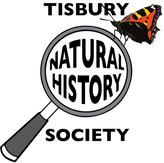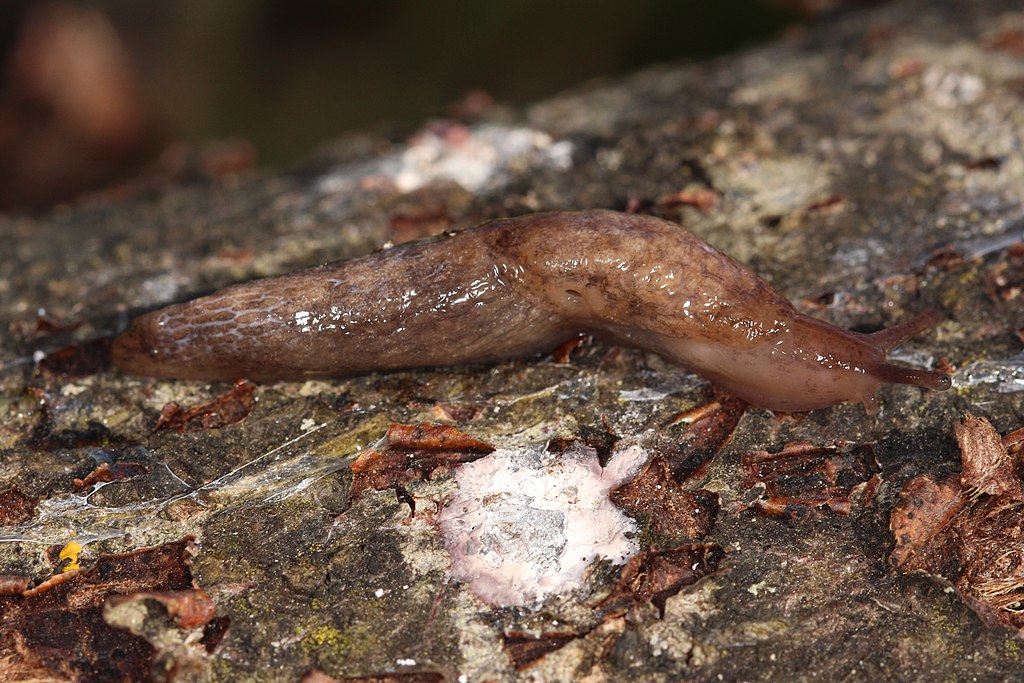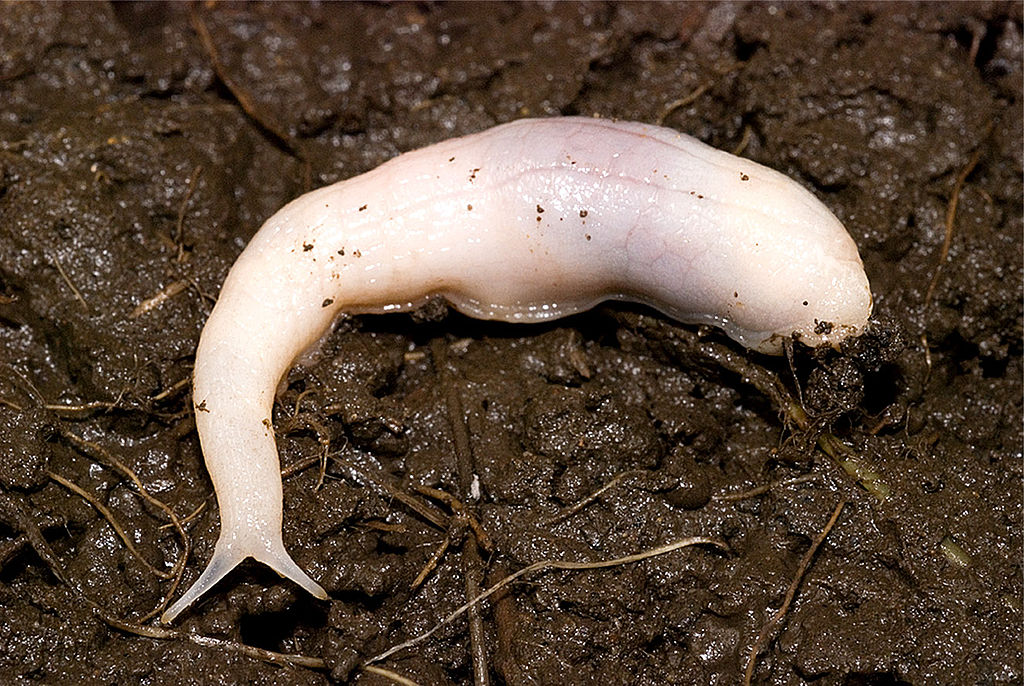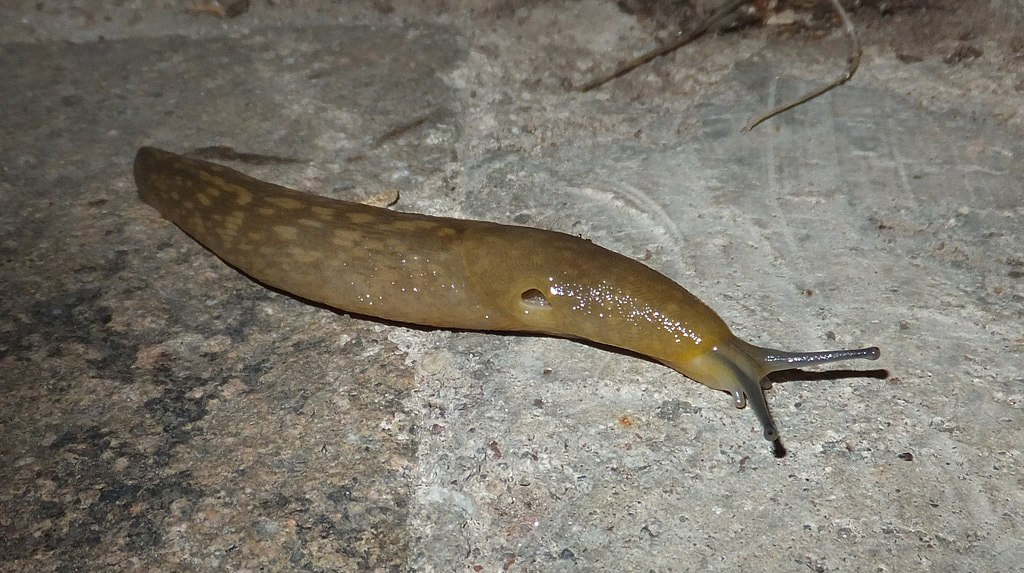|
Slugs and snails have a true champion in Imogen Cavadino, an entomologist who is carrying out research for the RHS. We were treated to a wealth of information with up-close-and-personal photography of these oft-maligned creatures. Slugs evolved from snails as they simplified their coiled shells and diverged into different families. There’s even such a thing as a semi-slug, one that can’t retract into the shell it carries on top. Some slug species still have a visible pale mantle under the surface, marking their vestigial shell which serves as storage for calcium salts. The majority of snails have shells which coil to the right, developing asymmetrically via torsion, so that both their respiratory pore and anus end up on the right side of their heads. They are so dependent on moisture that if deprived, they can create an epiphragm to seal themselves in and succumb to a dormant state. Quick to revive if the conditions improve, Imogen told us that a snail was once stuck on a postcard as an exhibit in the British Museum (before they knew about their dormancy behaviour) and stunned everyone by making an escape. For a researcher, the slime colour can be useful for identifying the species. Slugs produce two types of mucus for defence and movement. We heard that the netted field slug (deroceras reticulatum - above on the left) is the most harmful to our agricultural activities, making a feast of root vegetables in the autumn, but the cellar slugs (Limacus sp. - on the right) feed on rotting material, fungi, lichens and algae and are therefore blameless.
The Royal Horticultural Society (RHS) has been campaigning, with Imogen heavily involved with their media activity, to dispel the myths that all slugs are enemies of the gardener. The last big slug survey was done in the 1940s and the RHS’ recent research has been aided by a formal survey conducted by 60 chosen participants around the country, who performed scheduled slug counts, with the glorious total of 21,000 slugs collected and identified in one year. They discovered that non-native species were becoming more dominant, no doubt hitching rides on plants from other countries. New varieties are also being discovered, like the ghost slug (Selenochlamys ysbryda - above centre) with no eyes, first identified in Wales in 2014. Finally, that all important question – how do you euthanise a slug? Obviously, only the types which are eating your veg – please identify them first! The most ethical way is to put them in a sealed container and place in the freezer. Or if you are wanting to maintain their colours for identification purposes, you can drown them in carbonated spring water. On a more positive note, the RHS welcomes recordings from anyone who wants to get involved. You will find information from Imogen on our Wildlife Recording page, about helping to record slug and snail activity. Comments are closed.
|
Photo: Avocets (Izzy Fry)
The headers display photos taken by our members. Do get in touch via the Contact Form if you'd like to submit a photo for selection.
Archives
May 2024
Categories
All
|




 RSS Feed
RSS Feed